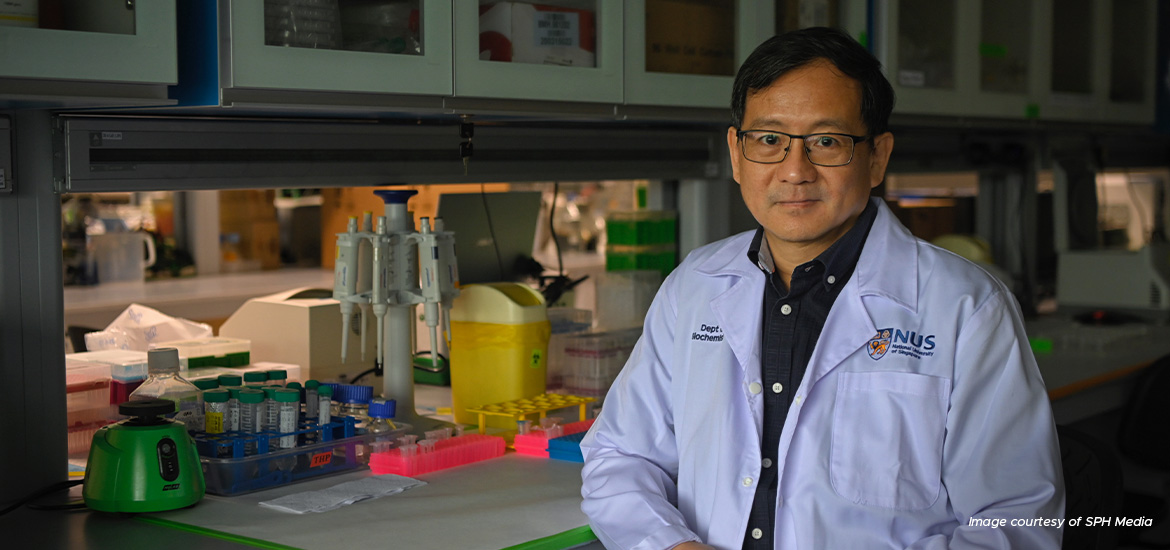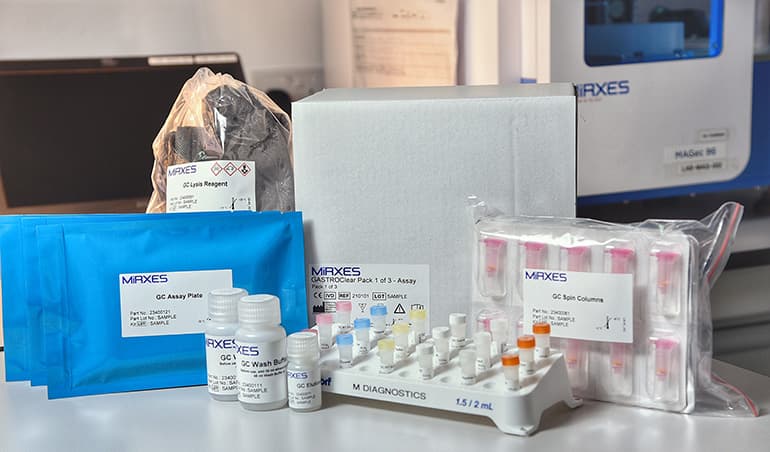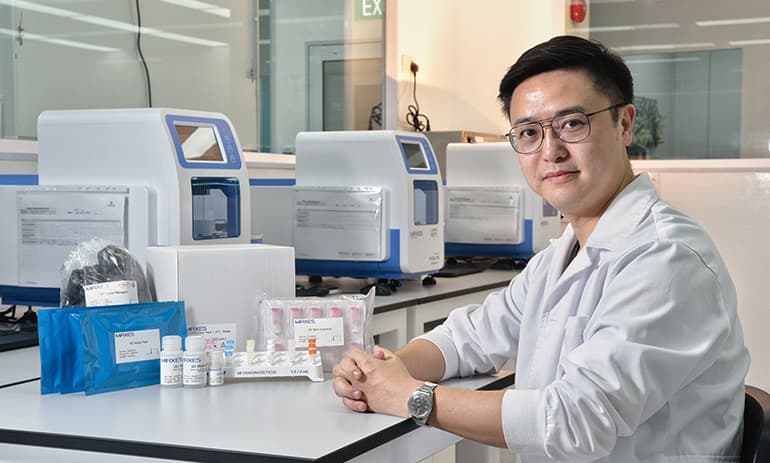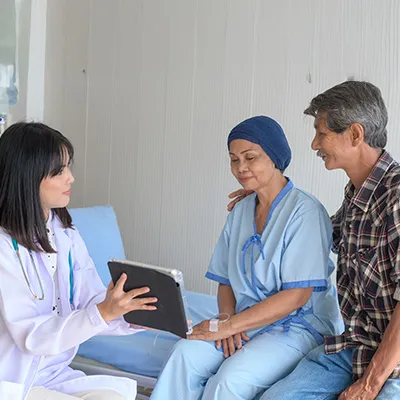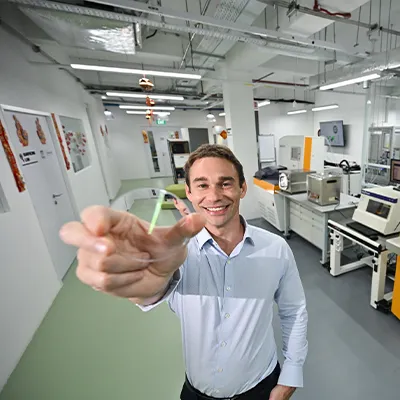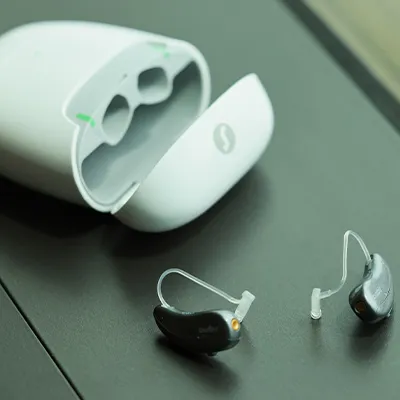Associate Professor Too Heng-Phon, Co-Founder of Mirxes, which developed the test kit for early detection of gastric cancer.
When Associate Professor Too Heng-Phon was about to start biotechnology firm Mirxes back in 2010, he asked several of his PhD students to join him, but also warned them that it would be tough going.
Two of them decided to help set up the home-grown biotech firm, which went on to develop test kits that use blood-based microRNAs (miRNAs) to serve as biomarkers for early detection of cancers.
Dr Zhou Lihan is now the firm's Chief Executive and Dr Zou Ruiyang is the Chief Technology Officer.
Prof Too, the company's Chairman and Co-Founder, said: "I told them I can guarantee them pain, but I can't guarantee them success.
“They told me, 'You know, I need a job anyway. If we fail, we will find another job.'”
The firm had little funding initially to manufacture the kits, which meant the top brass went without wages for a few months during tough times in 2015 to 2016, said Prof Too, who is with the Department of Biochemistry at the National University of Singapore's Yong Loo Lin School of Medicine.
He said he never planned to start a company.
"We started off because we were curious about how things worked, we did not start with the goal of being entrepreneurs.
“Then we realised what we were doing helped to address unmet needs, which is the use of miRNA in liquid biopsy to help find cancers at an early stage, something which was not heard of at that point in time,” said Prof Too in an interview with The Straits Times in November.
Liquid biopsy is a test done on a sample of blood to look for cancer cells from a tumour that are circulating in the blood. It can also detect pieces of genetic material or DNA from tumour cells.
The first miRNAs were found in roundworms in 1993.
In 2000,Scientific Adviser Frank Slack from the Harvard Stem Cell Institute in the United States discovered the first known human miRNA, which is a class of ribonucleic acids (RNAs) that play important roles in regulating gene expression.
These molecules help cells control the kinds and amounts of proteins they make, and are extremely small.
Given how new the technology was back in the early 2000s, some scientists were sceptical that the tiny molecules even existed.
Biotech firm Mirxes opens Southeast Asia's first industry 4.0 facility in Singapore
Prof Too and his team managed to convince them. In 2002, the team demonstrated a proof-of-concept of their miRNA detection technology at the Yong Loo Lin School of Medicine.
But he knew the best science experiments would still fail without sufficient money. Recalling the early days, Prof Too said the team had to work hard to ensure a sufficient, steady stream of funding.
“Who would invest in things like this? Look at the microRNA scene at that time, we were at a point where many things were not known,” he said.
“We did not have internal funding, and if there were no grants, no research could be done. Nobody wanted to give us money, so by cobbling a bit of money here and there, we slowly did the work.”
It was only after knocking on many doors, and many rounds of rejections later, that Mirxes managed to receive some funding from the Agency for Science, Technology and Research (A*Star) in 2010.
Its aim was to prove that its technology - miRNA-powered detection tests capable of detecting cancers early - was the best in the world.
The first test Mirxes developed used miRNA as a biomarker to test for early-stage gastric cancer. The test kit, known as GastroClear, was approved for use here by the Health Sciences Authority in 2019.
It was the world's first molecular blood test for early detection of gastric cancer in high-risk populations.
